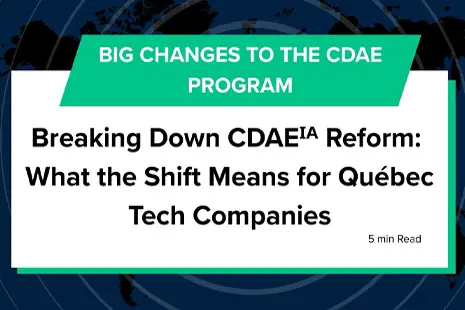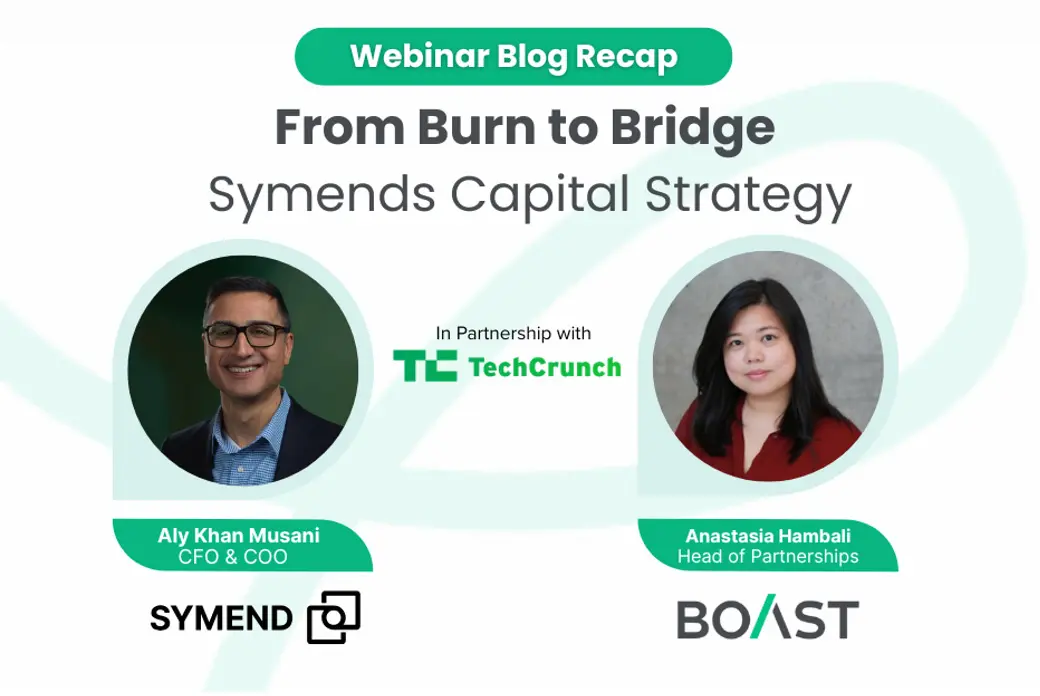US invests $5 billion into semiconductor R&D: How can businesses capitalize?
US invests $5 billion into semiconductor R&D: How can businesses capitalize?
“A nation that does not do R&D is a weak nation,” United States Energy Secretary Jennifer Granholm declared at a White House event last week, adding “we are not going to be weak anymore” as part of the unveiling of a new $5 billion National Semiconductor Technology Center (NSTC).
The NTSC will be the first in more than $11 billion worth of research and development investments into semiconductor manufacturing that was launched as part of the Biden Administration’s banner Chips and Science Act (CHIPS), which was passed in August 2022.
The CHIPS Act allocated $52.7 billion in total toward bolstering semiconductor production stateside while streamlining the supply chain for new chips, helping U.S. businesses gain better access to the chips they need to power innovative new products and technology.
While $39 billion of the CHIPS Act has been allocated to subsidies for semiconductor production stateside, the $11 billion allocated toward R&D—which includes the $5 billion NTSC—is aimed at advancing semiconductor technology and re-establishing the U.S. as a center for tech manufacturing—not just a place where great ideas are born before getting built offshore.
A key facet of the CHIPS Act is a 25 percent investment tax credit for building chip plants that’s valued at $24 billion.
A public-private partnership for the entire US innovation economy
At the White House launch of the NTSC, U.S. Commerce Secretary Gina Raimondo described the center as a “public private partnership that the government, industry customers, suppliers, academics, entrepreneurs, venture capitalists [can use] to come together to innovate, connect, network, solve problems and allow Americans to compete and out compete the world.”
Along with the establishment of the NTSC, Raimondo and Granholm also indicated that several major funding awards will be announced within the next two months to help launch new semiconductor manufacturing facilities in the States.
“These are highly complex, first-of-their-kind facilities,” Raimondo told the press, adding that “??these are new-generation investments—size, scale complexity that’s never been done before in this country,” noting that Samsung and Intel are among the major brands vying for the funding.
Benefits beyond manufacturing
While a sizable portion of the new investments are going to be targeting big manufacturers who already play a huge role in the innovation economy—both stateside and globally—these new investments open up a wealth of opportunities for emergent players on the U.S. tech scene.
For starters, by plugging into a more localized semiconductor supply chain, startups and scaleups will not only be physically closer to the parts and materials they need to create new innovative products, but face fewer cross-border hurdles—ie. Shipping costs, cross-border taxes—in accessing critical chips.
The plan will also create a Workforce Center of Excellence as part of the NTSC with a presence in multiple regions that will help bolster education and training for some of the most in-demand research and development skillsets.
With access to a skilled local workforce, US companies will be able to leverage more local talent to drive innovation—in both semiconductor development and myriad related fields.
By tapping into US-based resources and workers, businesses may also increase their eligibility to leverage key R&D tax credits to fund their product development and stretch their innovation budgets further than ever.
A coast-to-coast network of tech hubs
This latest announcement builds on progress that has been made throughout the fall in funding innovation as part of the CHIPS Act.
In November, the Biden administration has announced more than 30 measures aimed at strengthening domestic and global supply chains in an attempt to both combat high inflation while beefing up the United States’ clean energy ecosystem.
While these measures were packaged as a boon to consumers in the president’s address, the new Supply Chain Resilience Council actually builds on the administration’s efforts to create more opportunities for businesses in emerging sectors.
Similarly, the Commerce Department unveiled the creation of 31 Tech Hubs across 32 states and territories back in October to encourage innovation and promote growth outside of the country’s traditional economic epicenters. Dubbed the Regional Technology and Innovation Hub Program, the program addresses a need for greater investment from both the government and the private sector toward businesses outside of a handful of U.S. cities (ie. Austin, Boston, New York City, San Francisco and Seattle), according to statements from the administration.
Leveraging government funding—and R&D tax credits—to maximize innovation investments
Combined, these measures lay the groundwork for innovative US businesses to derive entirely new solutions with support from both the U.S. government and a constellation of stakeholders—from entrepreneurs to VCs to academics—across the tech ecosystem.
WIth more investments into retiring legacy, non-renewable energy systems, for instance, the door is opened for founders to develop products in partnership with governments and institutions that could spark entire new industries.
And because all of this innovation is conducted and captured on US soil, businesses can tap into new programs spun out of the CHIPS Act, as well as existing R&D tax credits (ie. IRC Section 41) that rewards homegrown entrepreneurs.
While public-private partnerships that combine government funding, private investment and even institutional resources are key for bolstering local tech ecosystems, individual entrepreneurs need to follow a similar capital strategy when it comes to funding their venture.
At Boast, we’ve worked with thousands of startups across North America to capture non-dilutive funding to help fuel their product roadmap and enhance their R&D. Along with insights into available tax credits, our platform combines key financial and project tracking systems into a single source of intelligence, giving you the insight you need to optimize strategies and capitalize on the innovation your team is driving.
Businesses that work with Boast to capture their R&D tax credit claim on average enjoy 20 percent higher returns than those who either work with competitors or attempt claiming on their own.
By combining decades of combined human expertise in navigating tax code—while also being a team of founders in our own right—with a platform that synchronizes key financial, project workflow and payroll data into a single system of proof, Boast leaves no stone unturned in digging deeper to uncover all of your credit-worthy activities.
To learn more about the R&D tax credits offered by the U.S. government and how your can leverage them to fuel your product runway, download our Guide.



